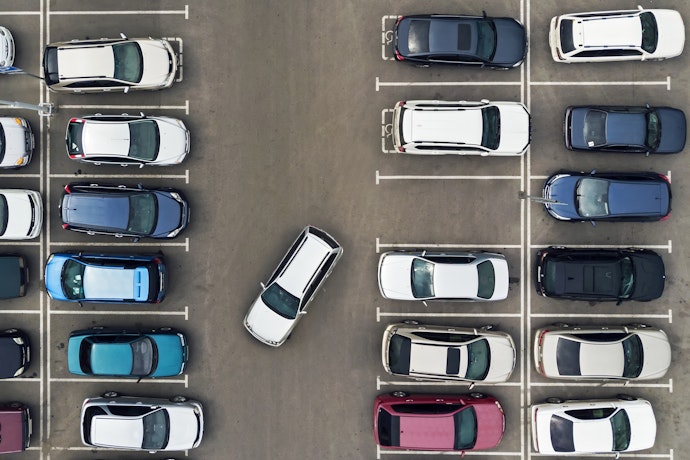5 ways to focus on safety with GPS fleet tracking
For businesses that rely on vehicles and drivers to keep things running, safety is everything. Learn how GPS tracking...
Read more
Focusing on safety goes beyond managing driver behavior on the roads. Fleets with the best safety records start by establishing safety standards in their corporate culture and then they ensure those behaviors continue from the roads and into car parks. For fleets and personal drivers, safety behavior in parking lots is often ignored, but more than 50,000 crashes happen in parking garages/lots and those crashes result in 500 or more deaths every year (EHS). Prioritizing safe behavior when parking can lead to fewer accidents, reduced costs (whether you own a fleet of vehicles or a personal vehicle), and can help prevent injury and death.
The NHTSA passed a new rule in 2018 that requires vehicles weighing less than 10,000 pounds to have rear view cameras. The rule aims to prevent backover crashes that often involve children and elderly pedestrians and occur most often in parking lots and at the end of driveways. An estimated 267 people are killed and 15,000 injured each year by drivers who back into them. The rule states that vehicles required to have rear view camera must have the following:
Since many of these accidents discussed above occur when drivers are backing out of a parking space or driveway, reverse parking is a safer approach to take. Reverse parking is when you back into a parking spot instead of pulling in head first. The reason reverse parking is safer is because it prevents drivers from having to blind back out of a parking spot and into pedestrian traffic. When backing out of a parking space, there are countless blind spots from other vehicles around you and limited ability to use your mirrors. With reverse parking, the risk of hitting someone that you can’t see is reduced.
Reverse parking is simpler than it seems. Below are brief instructions on how to reverse park safely:
Reverse parking does sometimes take one or two tries, so doing it safely the first time may take some practice.
Aside from reverse parking, there are other ways to prevent accidents and injuries from happening in parking lots. Below are a few tips to stay safe:
If you’re a fleet owner looking to improve parking safety and driver behavior, telematics software can help. Carriers can prevent accidents from occurring in car parks by implementing fleet dashcams and software that coaches better driving behavior.
Preventing injury and death when driving goes beyond driving behavior on the road. Drivers often take advantage of parking lots or loading docks and forget that the rules of safe driving still apply. If drivers engage in safe parking lot behavior, such as reverse parking, hundreds of lives could be saved each year by helping to prevent incidents that result from blind spots. For fleet owners and truck drivers, similar rules apply for promoting safety in parking lots.
Contact Verizon Connect today to learn about our solutions for improving fleet safety.
IIHS and NHTSA https://www.iihs.org/api/datastoredocument/status-report/pdf/49/4
Tags: Community, Training, Safety, Team Management



Find out how our platform gives you the visibility you need to get more done.
For businesses that rely on vehicles and drivers to keep things running, safety is everything. Learn how GPS tracking...
Read moreLearn how adding AI fleet dashcam technology to your business can encourage safer driving, reduce accidents and provide...
Read moreTechnology adoption helps fleets navigate operational obstacles. Learn what fleet management industry technology trends...
Read more7 Secrets to a Safe Fleet
Read more
Get your free 2024 Fleet Technology Trends Report and see how organizations are: